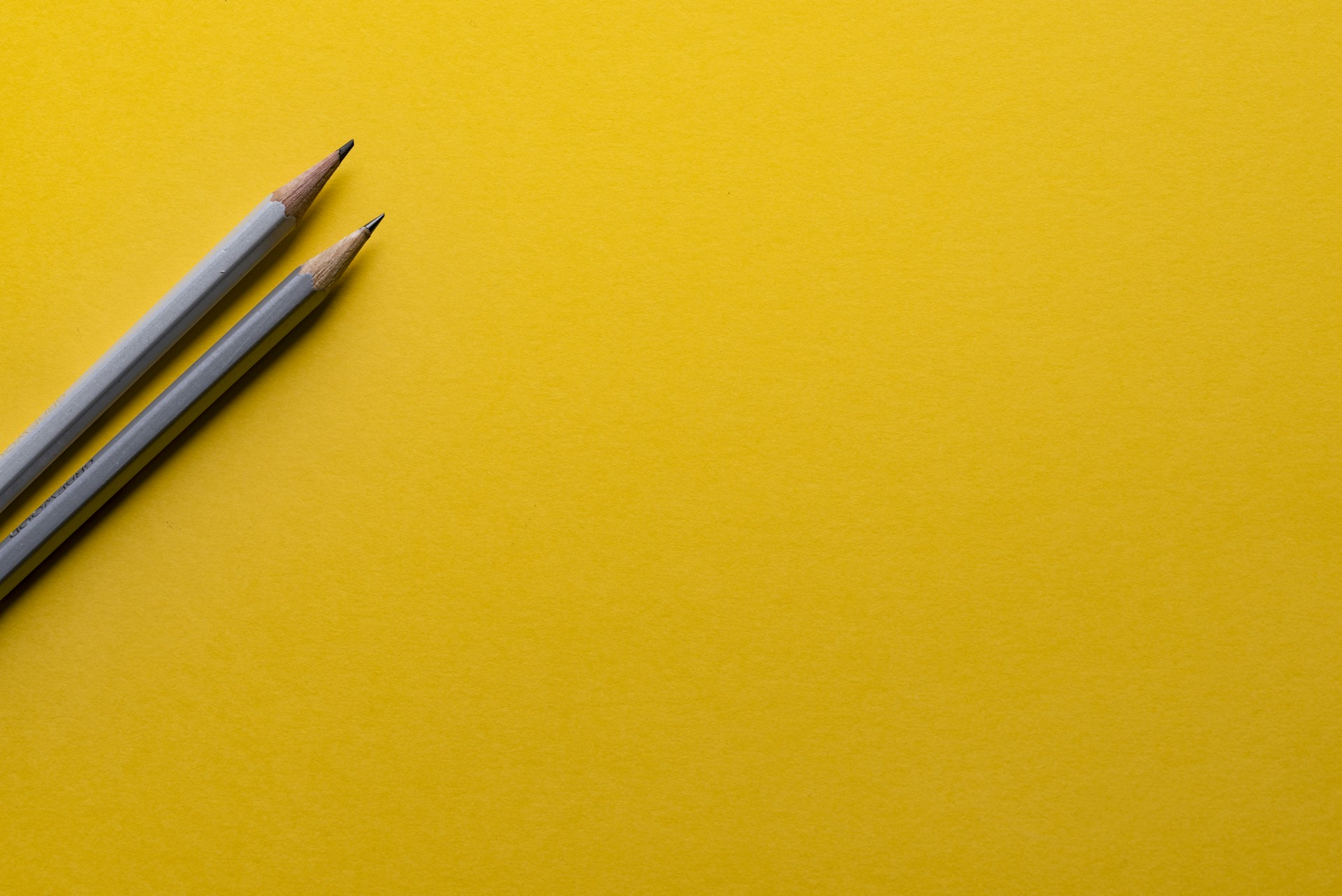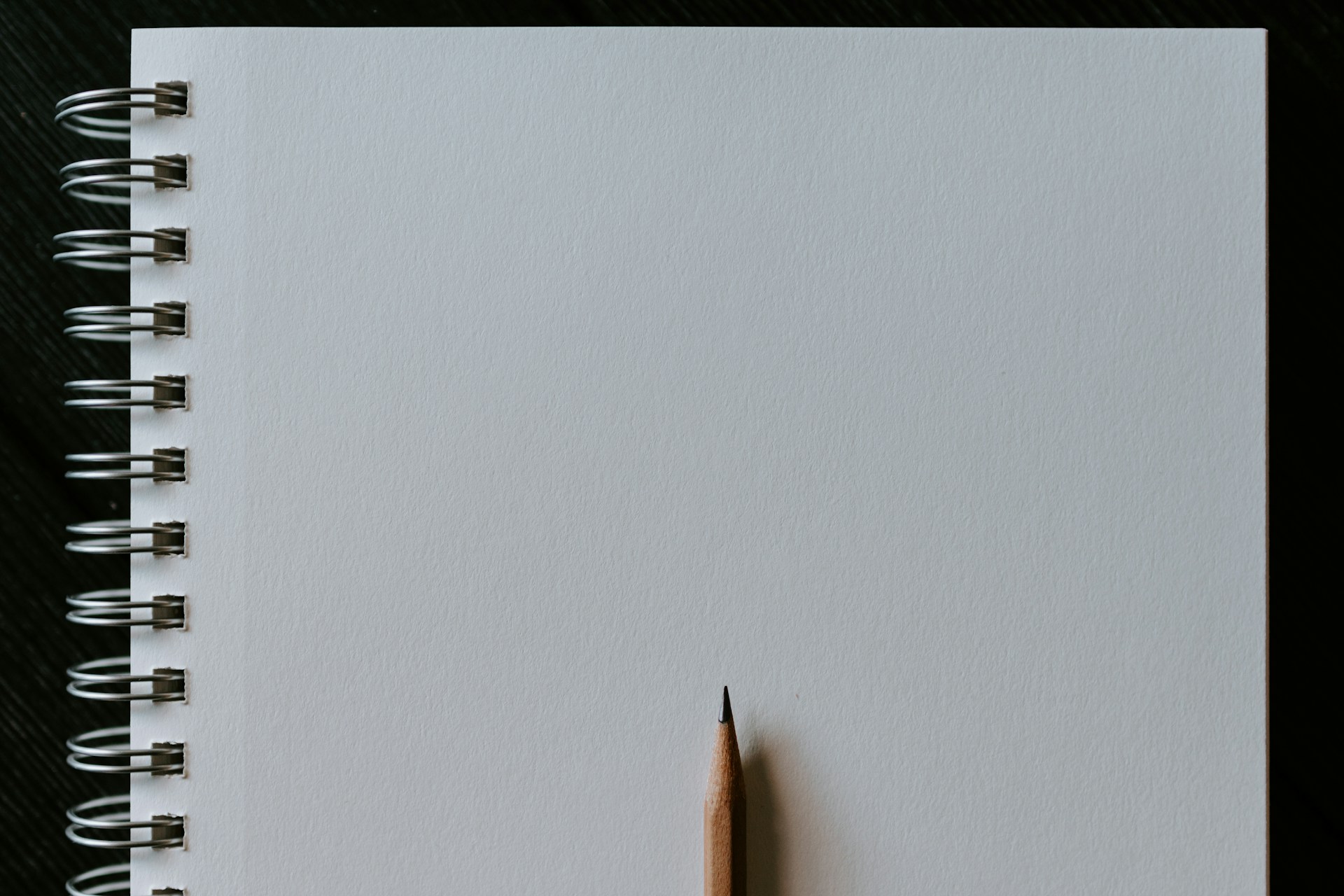
The Importance Of Creative Expression
Creativity is a dynamic and endurable way to work through the pain and loss of life. We all experience various amounts of pain and stress throughout our lives, and often these times of chaos and confusion are difficult to put into words that can adequately express what we have been through or convey our deep emotional experience. Often we are even disconnected from these things ourselves and unable to access them. It is not uncommon that these kinds of experiences could be better traversed through the use of creative modalities, otherwise known as the "expressive arts." Using the arts as a means to facilitate healing during the counseling process can be very powerful.
The science behind the healing power of expression is undeniable. From art therapists to dance and music therapists to drama therapists to creative writing/story and poetry therapists, the professionals display for us the power of their individual modalities among their client populations. Through the use of their artistic expression, clients uncover hidden aspects of themselves, dis-solve the power of traumatic memories, resolve relational conflicts, and integrate the various aspects of their lives (among other benefits).



The Expressive Arts
“Expression” is the act of allowing our true selves to be seen. It is in many ways a depiction of “authentic being.” When we choose to be expressive, we choose truth. We decide to stop hiding or denying the reality of what we feel, think, or are, and instead bring some aspect of our being into the light for observation by ourselves and/or others, to facilitate acknowledgement, reflection, and growth. This expression can take many forms, including our spoken word, however, when we choose to express ourselves through the use of an artistic medium, we give our expression an unignorable voice. It is almost like handing our expression a megaphone with which to communicate itself to the world. It amplifies our voice and leaves an indelible mark upon the soul. What is meant by “art” is simply any activity that utilizes our right brain in order to perform, such as:
Creative Writing and Journaling
All of these art forms require the use of our right brain and thus place us in a position to benefit uniquely from our engagement with them.
Music (playing or listening)
Movement and Dance
Drama and Role Playing
Drawing
Painting
Photography
Collaging and Scrapbooking
Guided Imagery and Visualization
Relaxation Techniques
Origami Work
Poetry and Story

The Benefits Of Utilizing The Expressive Arts In Counseling
The expressive arts are growing in popularity among therapists for use in counseling for many reasons. Here are a few of the big ones:
1. The Nature of Trauma on the Brain
The importance of the arts has to do first of all with the effect of trauma on the brain. The creative element serves as a “bridge” to help reconnect the "left" and "right" hemispheres of the brain, which suffers a disconnection during trauma. The traumatic material that is stuck as unprocessed memories on the "right" side is able to make its way to the "left" for verbal processing as a person engages in the creative act.
3. Control and Self-Mastery
The art gives the individual some sense of control and self-mastery, while at the same time providing a voice for their feelings and thoughts.
2. The Facilitation of Expression
The act of self-expression for healing is incredibly important, and when the arts are utilized to facilitate this expression, particularly for those who have trouble speaking the unspeakable, the potential for healing is multiplied exponentially!
4. Hope
The “centers” of hope in the brain originate in the right hemisphere, thus the act if creativity (which utilizes the right brain) facilitates hope. It is an easy and effective way to generate hope within a short period of time.
5. Containment
The art provides a type of containment while interacting with potentially upsetting material. Through the creative use of the art, the individual essentially creates for themselves a safe distance to view the traumatic or distressing material without it overwhelming them.
6. Transfer
Physically interacting with the material facilitates a “real world” connection (transfer) and increases the likelihood that it will penetrate the heart and infect actual change.
7. Unconscious Material
The creative act allows for the unearthing of material that the person may not even be aware is there. Whether buried memories or experiences that the person has not fully acknowledged or processed or repressed memories that have been intentionally forgotten or denied, the creative act has a way of bypassing our defenses and bringing these memories or realities to the surface in short order.
8. Voice
The art itself has a way of speaking for the person; of giving voice to what the person may not be able to speak in words. Having that voice can project the person on to ever new levels of healing and allow them to speak the unspeakable.
9. Research
There is now an insurmountable amount of research on the creative arts and their effectiveness in facilitating healing for a variety of ailments, not the least of which is trauma. From art therapists to dance and music therapists to drama therapists to creative writing/story and poetry therapists, the professionals display for us the power of their individual modalities among their client populations. Through the use of their artistic expression, clients uncover hidden aspects of themselves, dissolve the power of traumatic memories, resolve relational conflicts, and integrate the various aspects of their lives (among other benefits).











Process Over Product
Here in the West we have grown up in a very “performance” dominated culture. From a very young age we quickly learn that if what we have to offer is not “good enough,” we’d better not let others see it. So, despite our natural inclination toward creative expression (which we see readily in very young children), we begin to associate any creative act with “performance” and criticism.
This mentality soon stretches itself beyond simply “what” we do, to “who” we are, and we begin to hide key parts of our being from others (and ourselves) because we have grown to believe that we are intrinsically “not good enough.” Not only does this stifle our natural creative expression, but it also hides and defaces the beauty of who God has created us to be.
“Process over product” is a phrase that is used to help clients remember that what they are doing when they choose to engage in a creative, expressive act is about the process of creating rather than the product they are producing. While almost all clients will produce pieces of art that are incredibly meaningful to them, it is ultimately not about what they produce, but being willing to engage in the process of creating that is important.



If you find that traditional "talk" therapies have not been as effective for you, trying new ways to express yourself creatively can help you on your journey.
